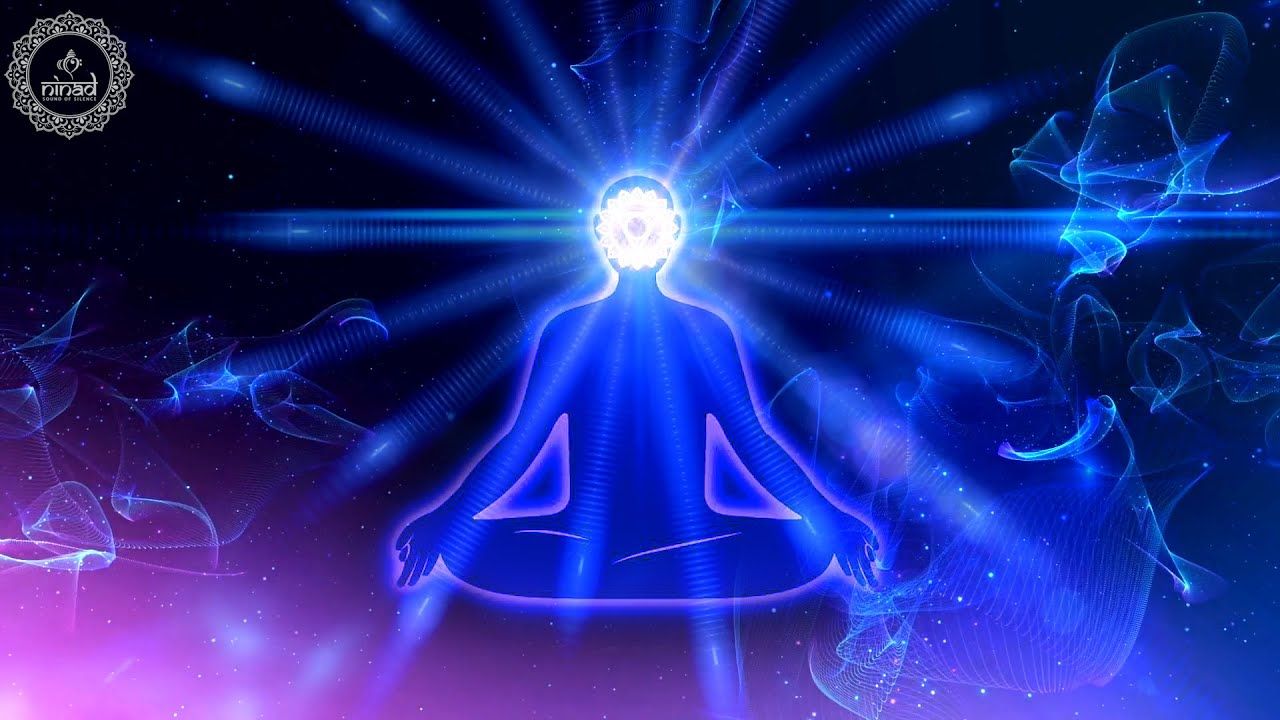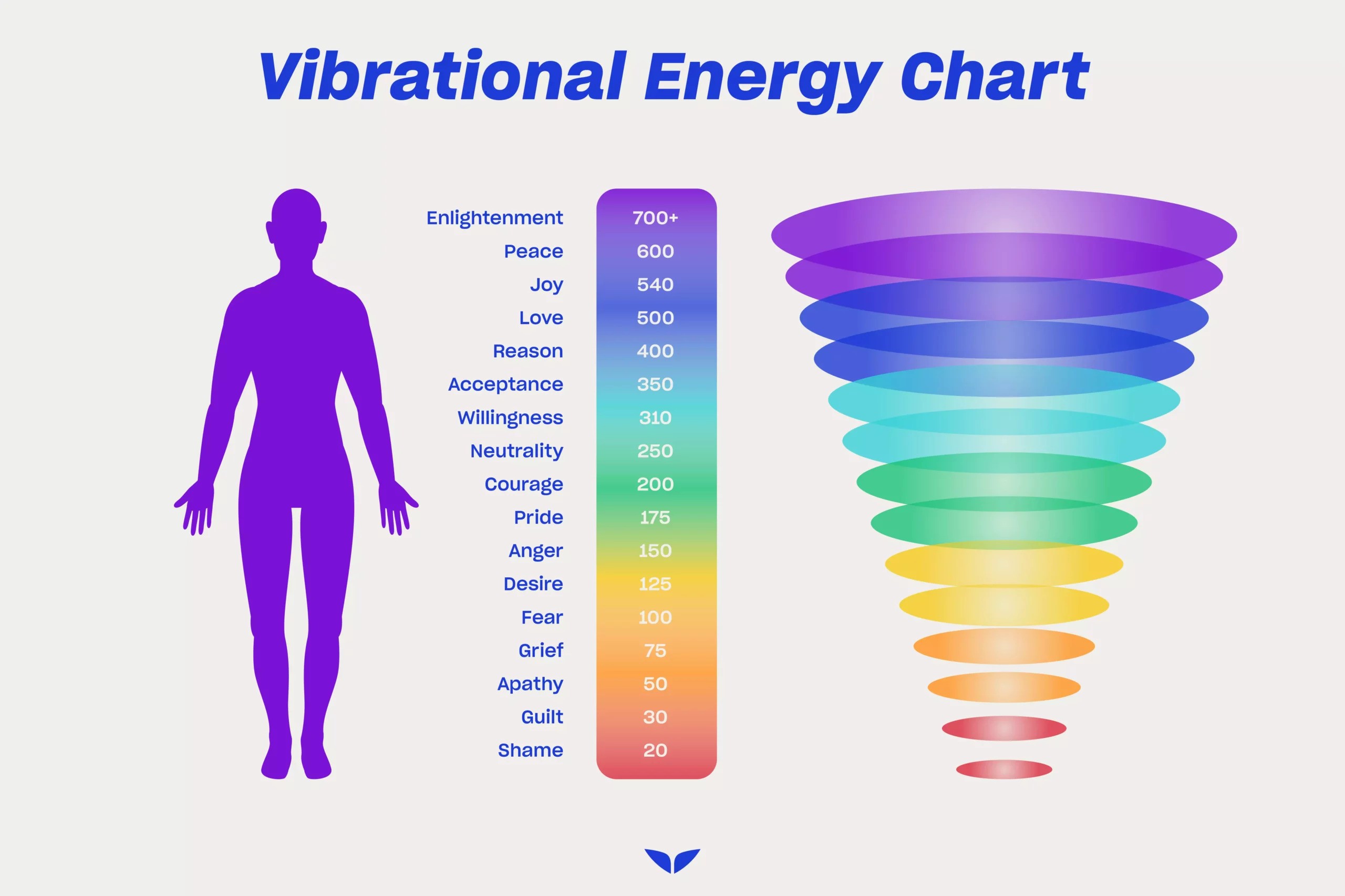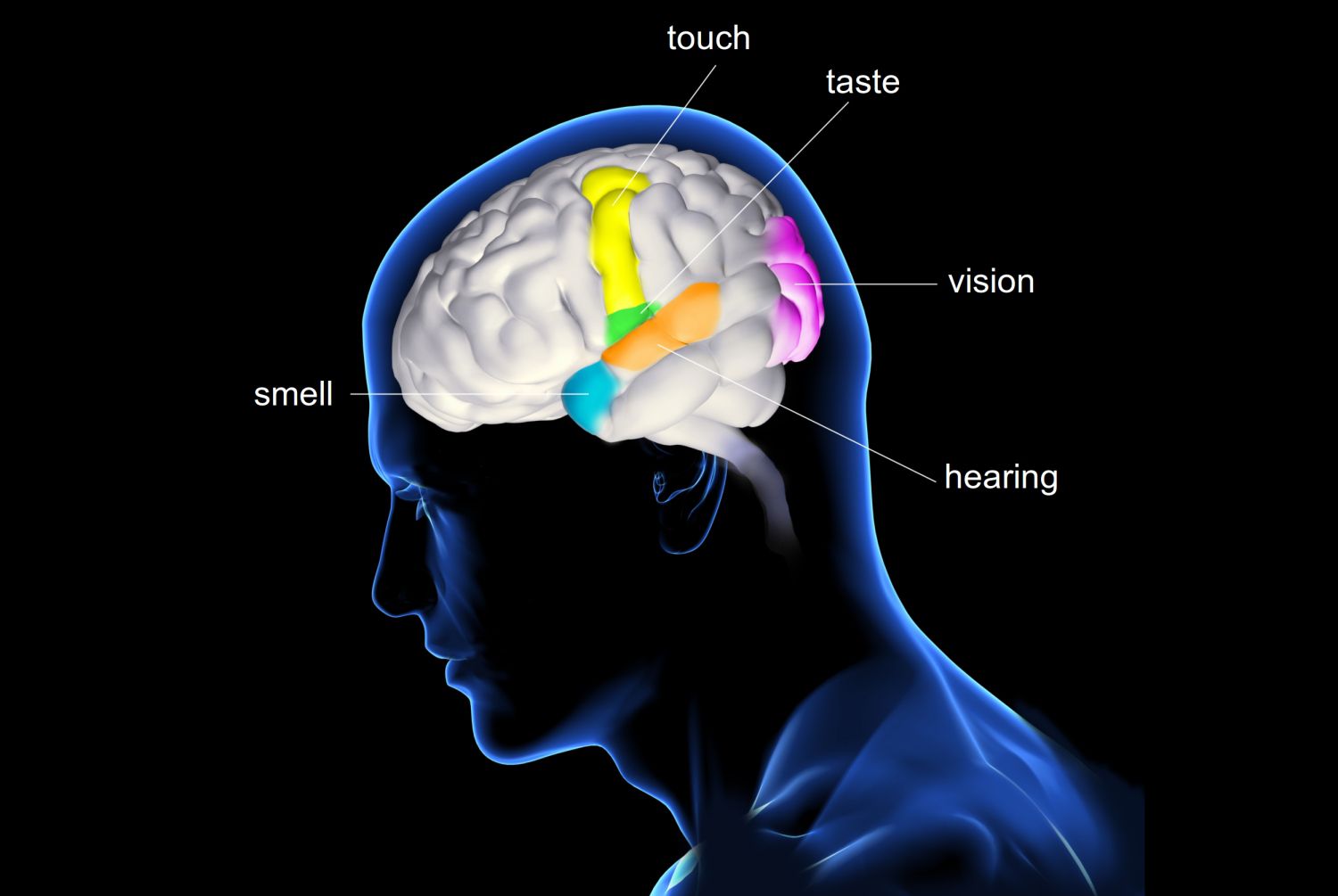How To Do Third Eye Meditation
Do you want to get more clarity in your life, connect with your inner self, and possibly develop clairvoyance? Maybe you just want to know if it's doable. If you identify with either of these groups, the third eye-opening meditation could be the solution you've been waiting for.
One of the chakras, or psychic-energy centers of the body, is the third eye. Chakras are primarily used in physiological rituals in various kinds of Hinduism and Tantric Buddhism, but they have also made their way into the western world, where they are now used by yogis in meditation.
How To Do Third Eye Meditation

Step 1: Decide where you want to do the meditation. You'll need to be in a peaceful and undisturbed environment. It's also a good idea to establish a regular meditation spot so that your body and mind become accustomed to the location and position, allowing you to more easily activate the third eye.
Step 2: Make the time you set aside for yourself a conscious decision. Most meditation practitioners benefit from meditating at the same time every day, just like they benefit from the location. Consider when you'd be most comfortable meditating, relaxing, and clearing your mind. Don't do it right before or right after you eat. Many people prefer to meditate first thing in the morning, but you may meditate at any time of day if you practice consistently.
Step 3: Before you begin, stretch. You'll be able to meditate for longer and more comfortably if you work out some of the kinks in your body. This can also help you get into the mental attitude you need for meditation if you do it every time before you meditate. For around 30 seconds, try each of the following:
- Trying to touch your toes while bending over
- Extending your arms above your head is a good way to start.
- Lie down on your back with your feet in the air and your legs at a 90-degree angle to the rest of your body.
- If you're going to meditate in a full lotus position, attempt a figure four stretch or pigeon stance to open up your hips.
Step 4: Take a position. The optimal position for most individuals is to sit cross-legged and comfortable. If this is too unpleasant or challenging, try different postures that allow you to focus more easily on your breath and meditation. Work your way up to sitting on the floor cross-legged.
- If sitting cross-legged on the floor is too challenging, consider sitting on the edge of a chair or on a soft surface, such as a pillow or a stack of blankets.
- Maintain an open chest, a straight back, an upright head, and gently closed eyelids.
- Lie down with your hands in your lap or on your knees, whichever feels most comfortable.
Step 5: Relax. Allow your body to come to rest. Inhale and exhale slowly. Pay attention to how your body feels. If you have any aches or pains in your body, work on relaxing them first.
- As you sit and relax, concentrate on each portion of your body in turn.
- Begin to shift your concentration away from your anxieties and onto the present moment.
- With each breath, feel your body expand and collapse.
Step 6: Breath. All meditation relies on proper breathing. Be conscious of how you breathe in and out. Concentrate solely on your breathing. Take a deep breath (inhale for three counts, exhale for three counts), then repeat with two more deep breaths before starting.
Step 7: Clear your mind. At this time, you'll begin to concentrate on your third eye, which is located in the center of your forehead. Move your eyeballs toward the third eye under your eyelids. Keep them there for the duration of the meditation. As you concentrate, start counting backward from one hundred. Don't panic if you can't come in contact with the third eye right away. It takes some time to get habituated to meditation, and even longer to activate the third eye.
Step 8: Access the third eye. You should be able to access the third eye by the time you've finished counting backward from one hundred. When you concentrate well, you will notice that everything is dark except the third eye chakra. Your brain will be relaxed but performing at a higher level if your third eye is activated. You will be aware of the energy surrounding you because both sides of your brain will be operating together.
- When your body feels a new degree of energy running through it and surrounding it, you've reached the third eye.
- When you can focus intensely on one thing or image and your mind is entirely captivated by that object or image, you know your third eye has been awakened.
Step 9: Experience the third eye. The activation of the third eye has varied effects on different people. Some people have visual impacts in their minds, such as visions of nature, waterfalls, people, trains, and other sights they may have seen. Some people describe it as seeing their thoughts as though they were scrolling across a whiteboard.
Step 10: For 10-15 minutes, concentrate on the third eye. It's usual to get a headache when trying to activate the third eye for the first time. Don't worry, the headaches will subside as you continue to practice. Try focusing on a single image to help you learn to appreciate the third eye more fully. It could be a number or an object; the important thing is to keep your attention focused on the image you've picked.
Step 11: Slowly exhale from the meditative state. Shift your gaze away from your third eye. Maintain your calm, but become more conscious of your breathing. Be aware of how your breath enters and exits your body. When you're coming out of meditation, counting can help you focus more on your breath. Open your eyes slowly.
Step 12: Practice on a daily basis. As your meditation practice progresses, activating the third eye will become easier. Work on focusing on different images when you are meditating to help your concentration improve and keep the third eye activated.
A shocking reality is that, contrary to popular belief, our third eye is not truly closed; we simply aren't aware of it. The third eye opens as a result of that gut feeling you typically disregard or those butterflies you get from time to time. However, it is unknown how long it will take you to hone this sense and achieve absolute clarity through third eye meditation. What takes one person a day to accomplish could take another five years for someone another.
Anyone seeking mental clarity, a greater sense of self, to refine their gut instinct, or to expand the boundaries of their creativity will benefit from the third eye-opening meditation. While it may appear to be an intimidating and frightening prospect, it has a number of advantages that may assist you in achieving your life objectives. That said, if you decide to try any of the above-mentioned types of third-eye meditation, please get assistance so you can do it correctly.



